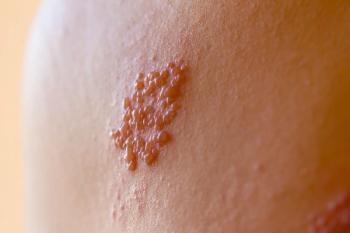
5 Myths About Shingles
Addressing misconceptions about herpes zoster.
Shingles, or herpes zoster (HZ), is a common viral infection that affects about 1 million individuals in the United States each year. Long considered to be primarily a health concern for the elderly,
Despite abundant available information about shingles, plenty of myths remain in circulation that can endanger not only individuals who are most at risk, but also the population at large. Drug Topics® addresses some of those misconceptions with the help of Jeffrey Cohen, MD, chief, Laboratory of Infectious Diseases at the National Institute of Allergy and Infectious Diseases.
Myth: Shingles is caused by a reinfection of the varicella zoster virus (VZV).
Fact: Shingles occurs when the opportunistic VZV, which has laid dormant in the body’s nervous system since an earlier episode of chickenpox,
Myth: The shingles rash is the worst aspect of the infection.
Fact: Although the rash is a painful and unsightly
Myth: VZV can reactivate as shingles more than once.
Fact: Cohen said the vast majority of people who experience shingles have only 1 episode, although it depends primarily on an individual’s
Myth: Shingles is contagious.
Fact: Technically, no. What is highly
Myth: If a person already has VZV in their body, little can be done to prevent shingles.
Fact: A highly effective vaccine called
Shingrix is recommended for use in immunocompetent individuals age 50 and older, and is administered in 2 doses given 2 to 6 months apart. It is included on the CDC’s Advisory Committee on Immunization Practices’ 2021
Newsletter
Pharmacy practice is always changing. Stay ahead of the curve with the Drug Topics newsletter and get the latest drug information, industry trends, and patient care tips.

















































































































